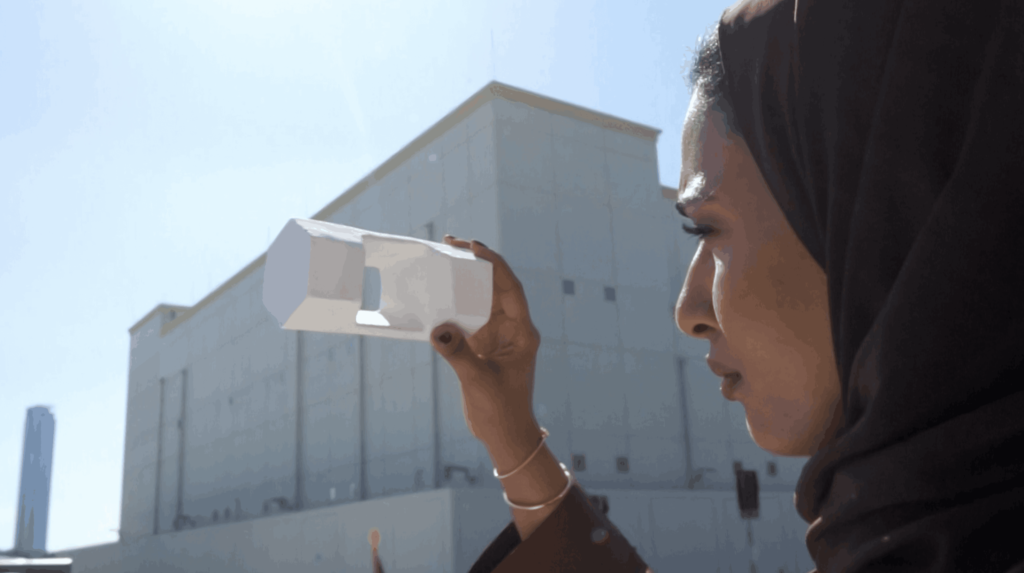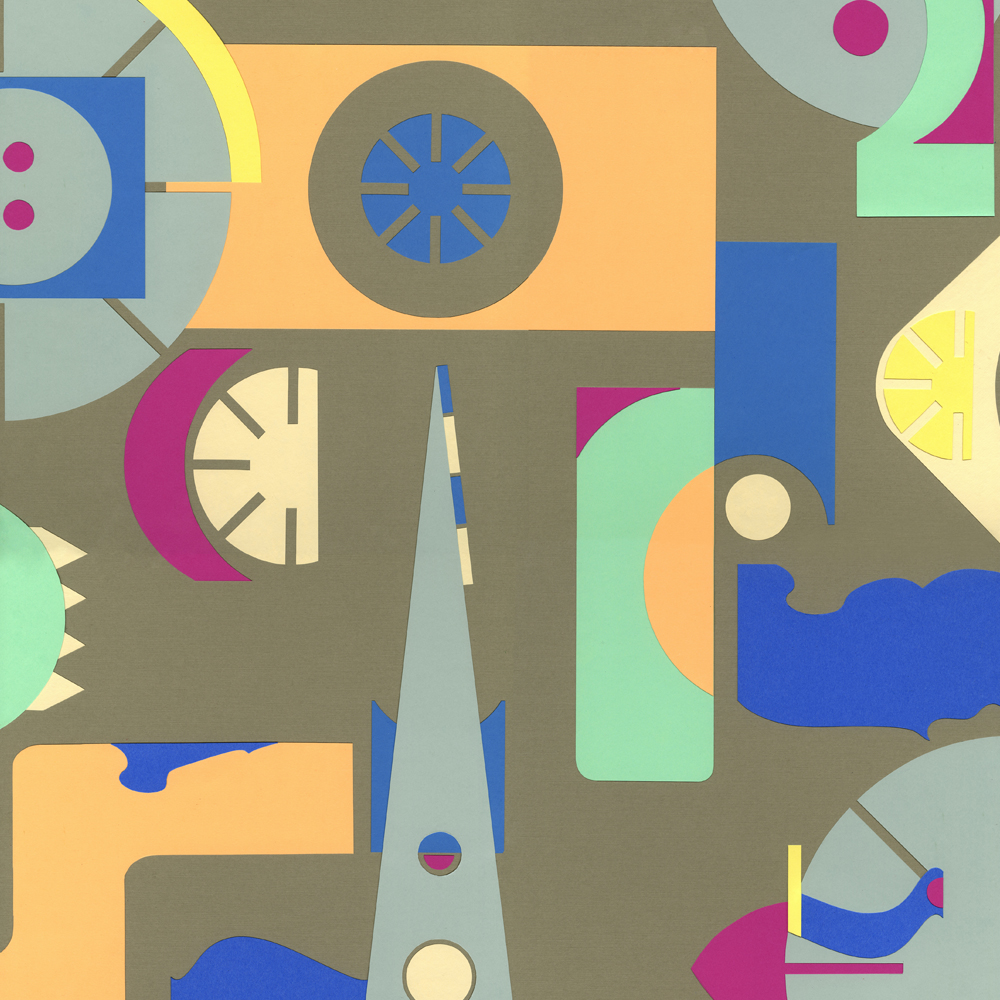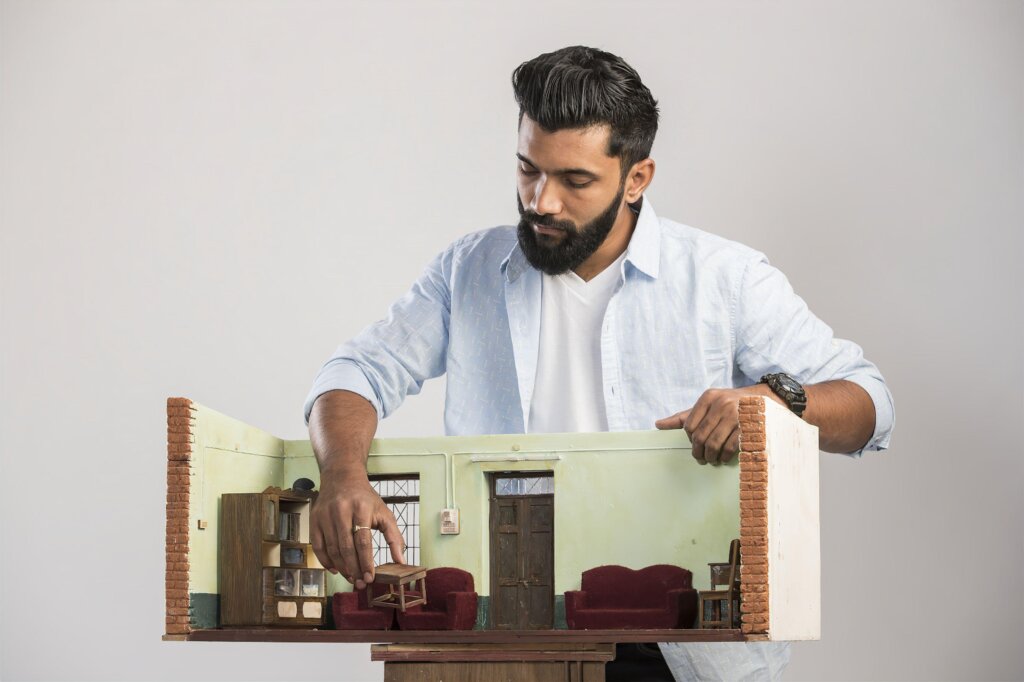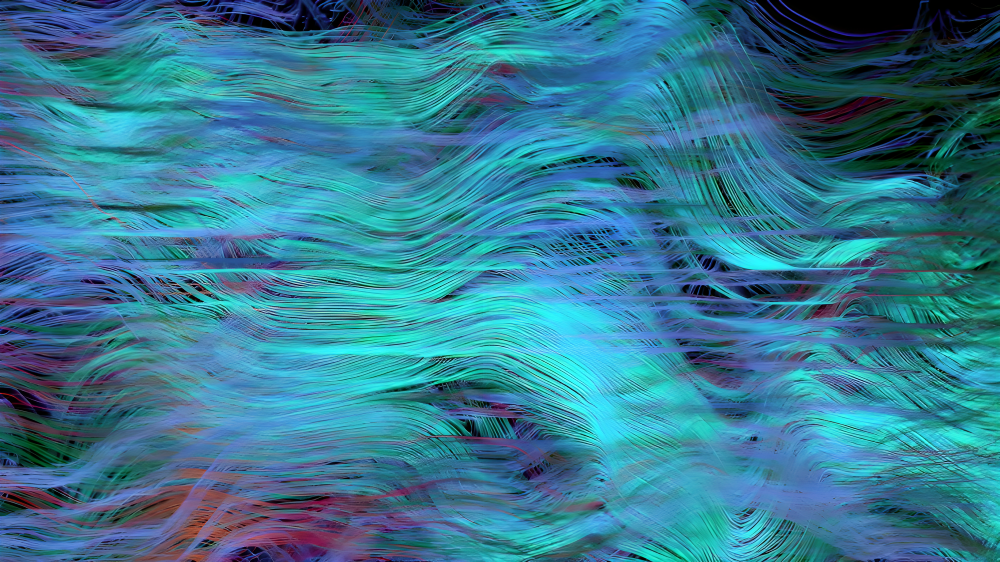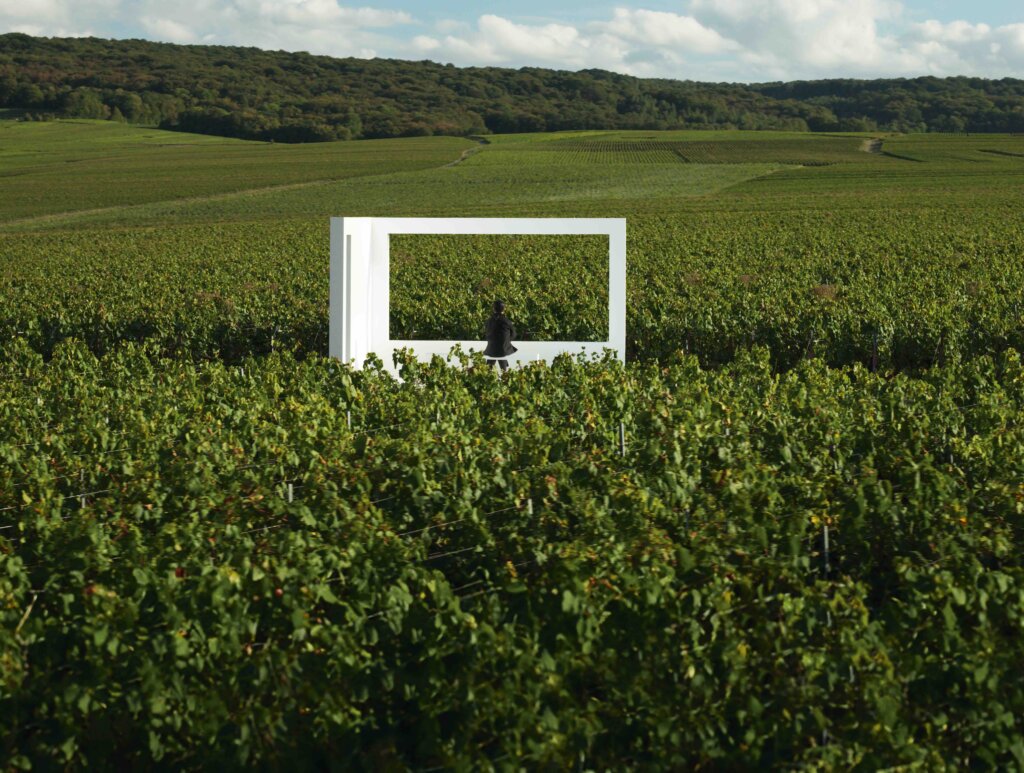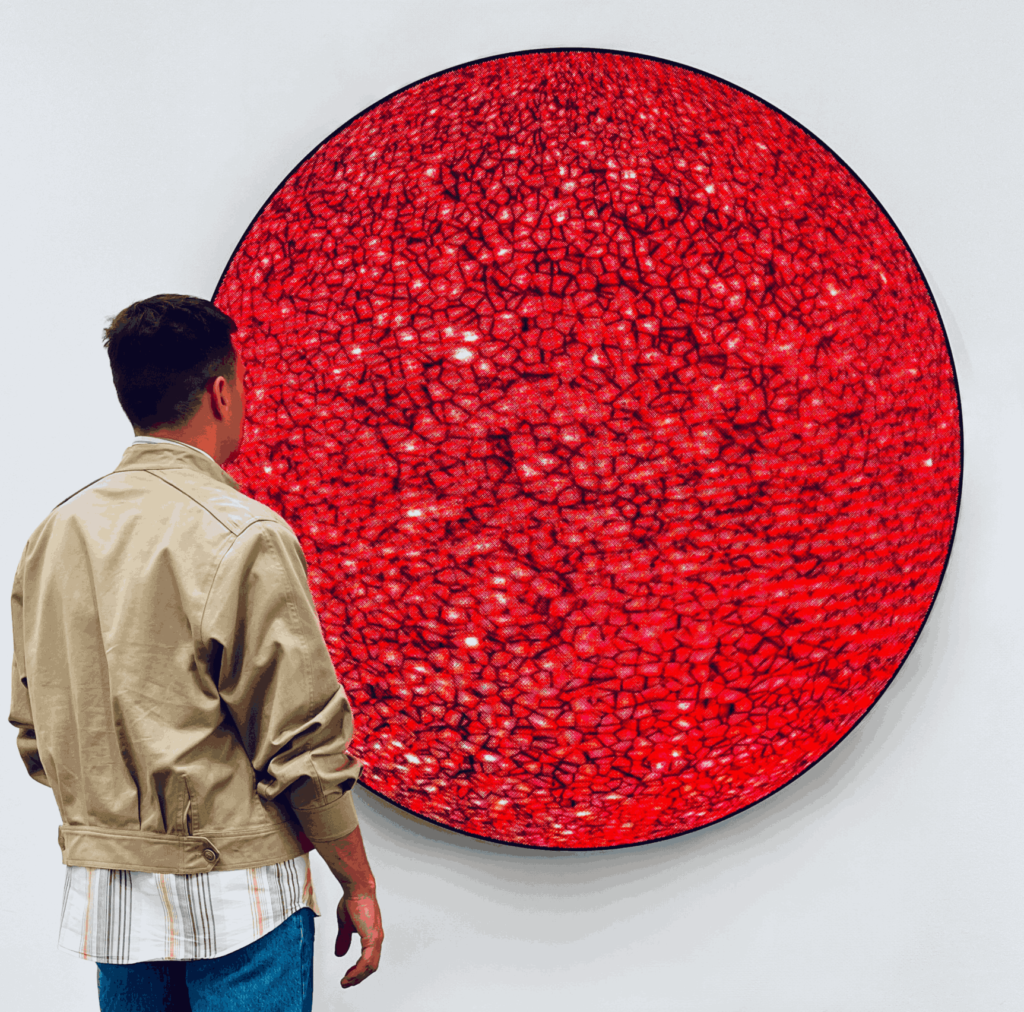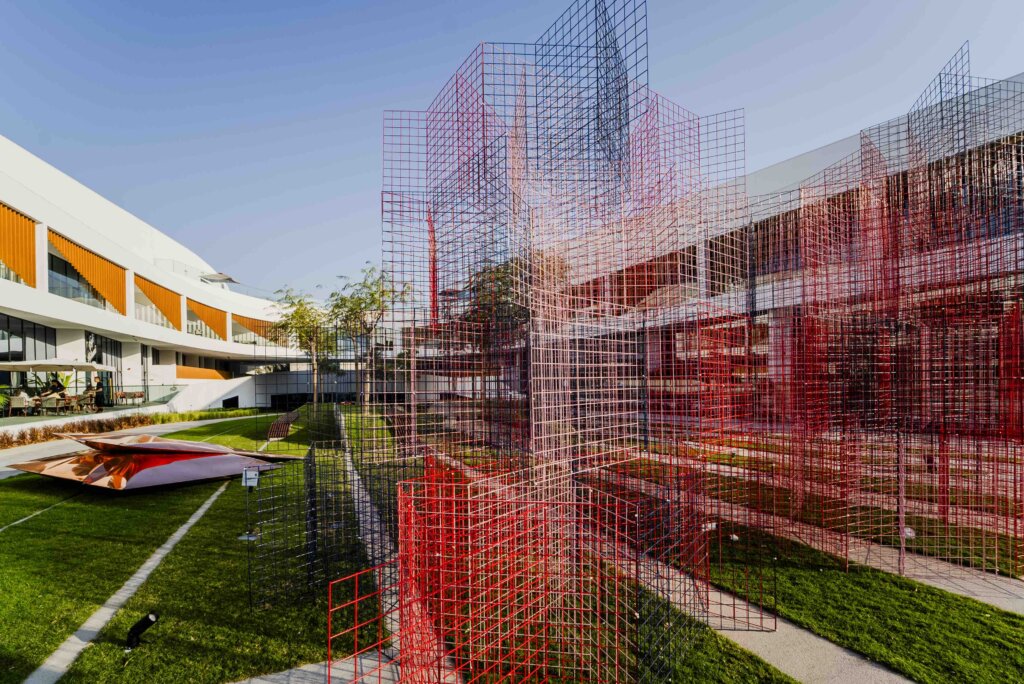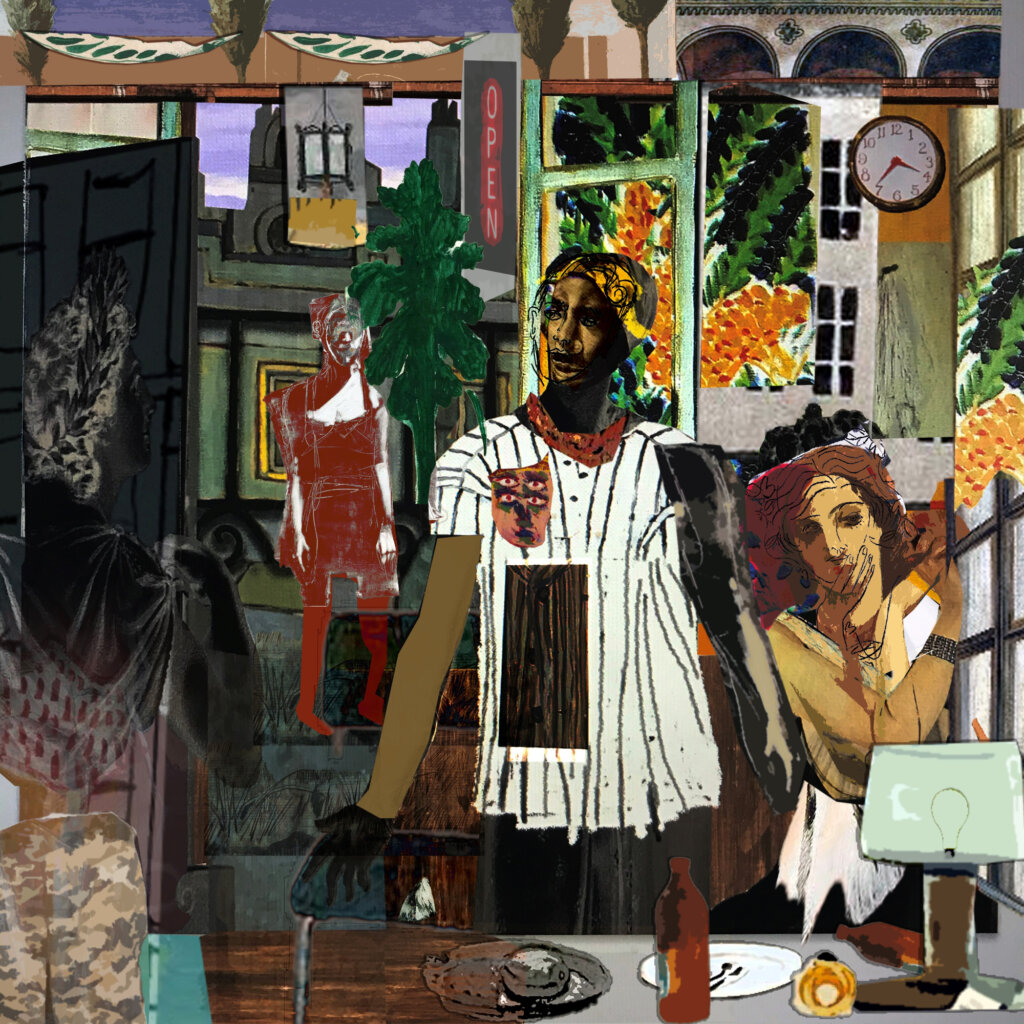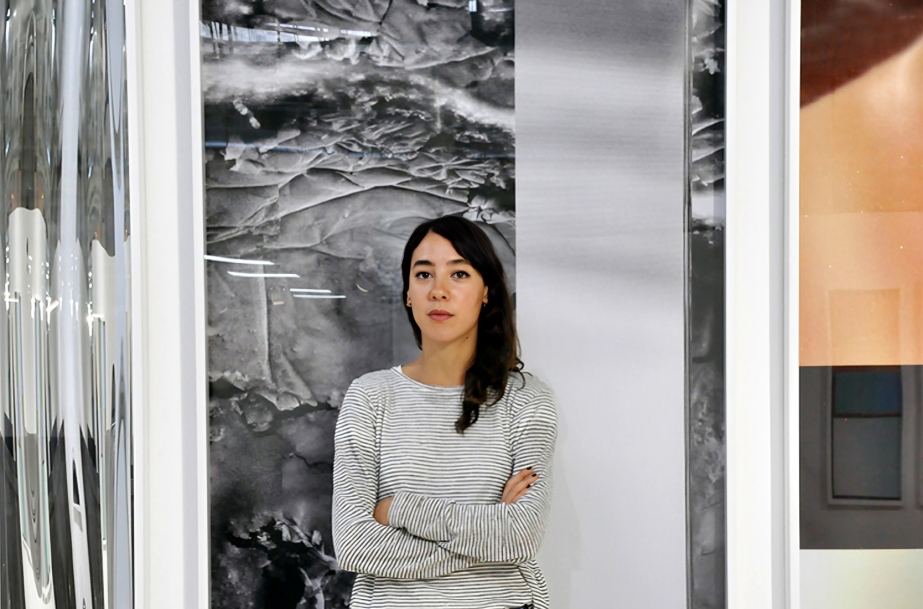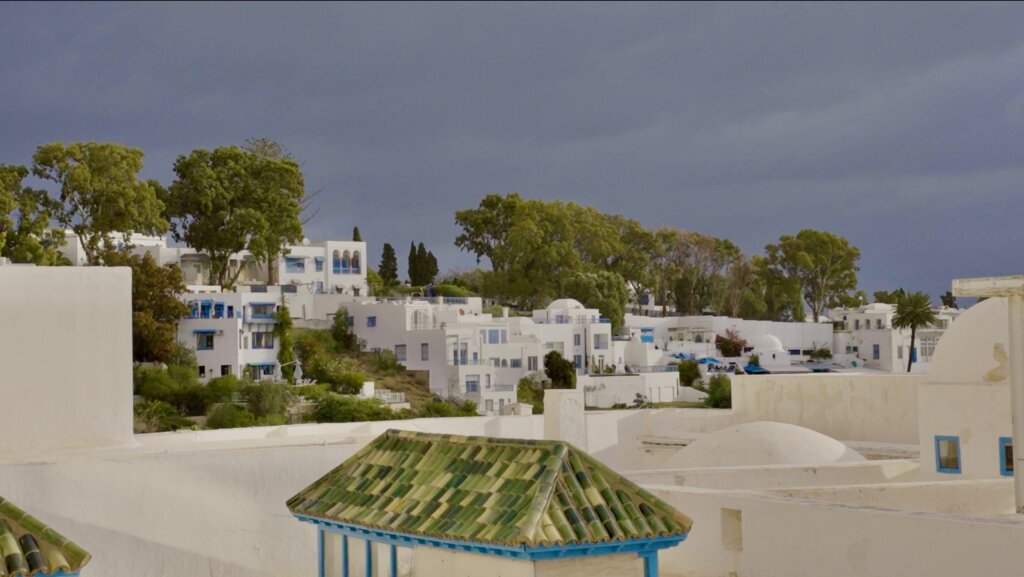Tacked to the doors of Gallery Isabelle Van Den Eynde in Dubai’s Alserkal Avenue are three sheets of A4 paper. “We Are Open For Installation” reads the rudimentary sign: it is partly a statement describing what is going on inside the gallery and also the title of the current exhibition.
The trio of artists Hesam Rahmanian, Rokni Haerizadeh and Ramin Haerizadeh have occupied the space in an organised takeover where the place ceases to function as an operational art gallery and instead becomes a kind of working studio or, as Rokni describes it, a think tank.
“We are thinking about the art world as a kind of organised and, at times, dictatorial system defined by an unspecified source. We are attempting to disrupt that system,” explains the younger Haerizadeh brother. “We see this exhibition as being like a think tank for five months, to see what is going to happen.”
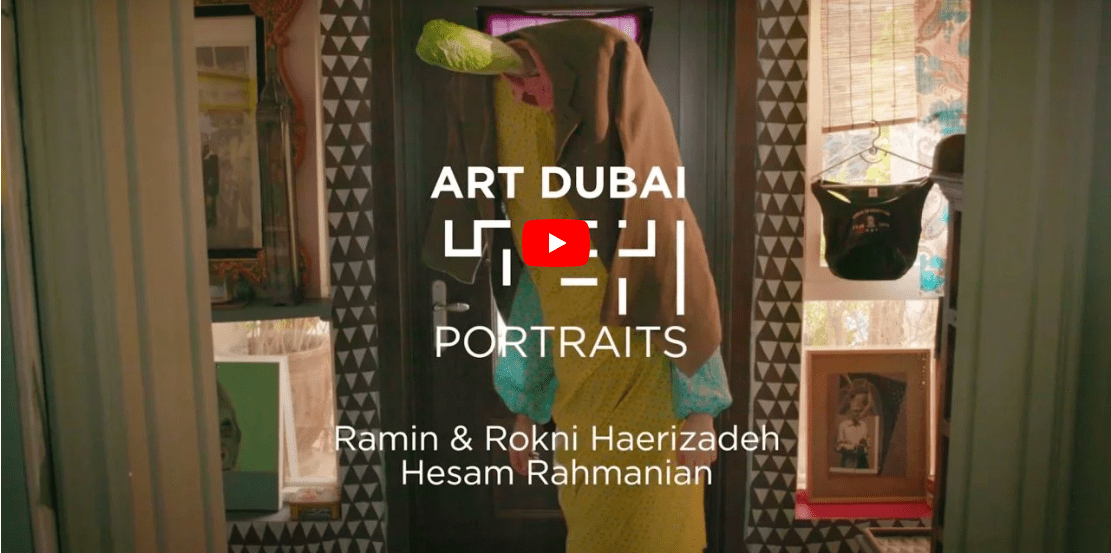
With that in mind, it is not an exhibition by normal standards. Inside the space are a few collage-esque sculptures made from the detritus of everyday life – think plastic chairs wrapped in tin foil, medical crutches whose base has been dipped into a bucket of concrete and is now weighted down by that appendage, videos, works on paper and canvas, pieces of writing and research as well as several large, indefinable towering structures made from wood and stryofoam.
The one thing in common is that each piece is concerned with the artists’ continual exploration into what I call ‘the space between’. This loose clause encompasses their ongoing interest in hollow spaces and cavities as well as their investigation into language, to which they take a metaphysical approach.
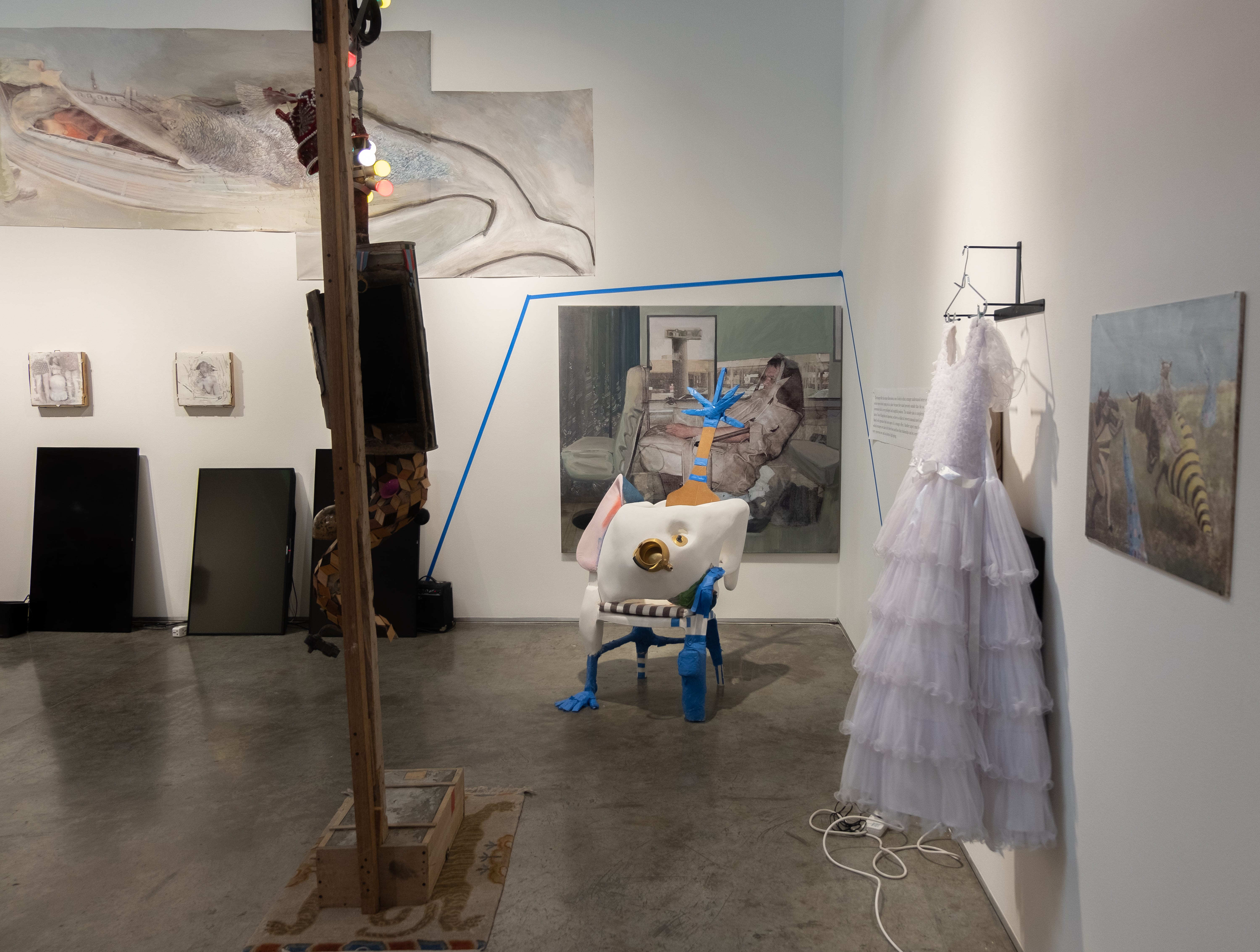
We Are Open For Installation, 2019, Installation View, Courtesy of the artists and Gallery Isabelle van den Eynde
“We call ourselves ‘I’ but this ‘I’ is already decentred because it exists in relation to somebody else,” continues Rokni. “There is even a delay in the way we comprehend ourselves in the present moment, we only do so with reflection.”
Essentially, what the three artists are trying to do is pin down in visual form the creative process itself, whether that is highlighting what goes on in the endless capacity of the imagination or how each individual exists in a community.
In a statement typed and pinned to the wall at the entrance of the gallery, the trio have collaborated on a piece of writing that perhaps best defines these notions. “By moving away from the concept of the ‘artist’ as a central figure, we highlight contributions of other individuals from carpenters, technicians, thinkers and caretakers to everyone else who plays a part in the making of a project,” reads the statement. “Every exhibition is not a final result but a form of disruption in the process that itself becomes a new ground for further development.”
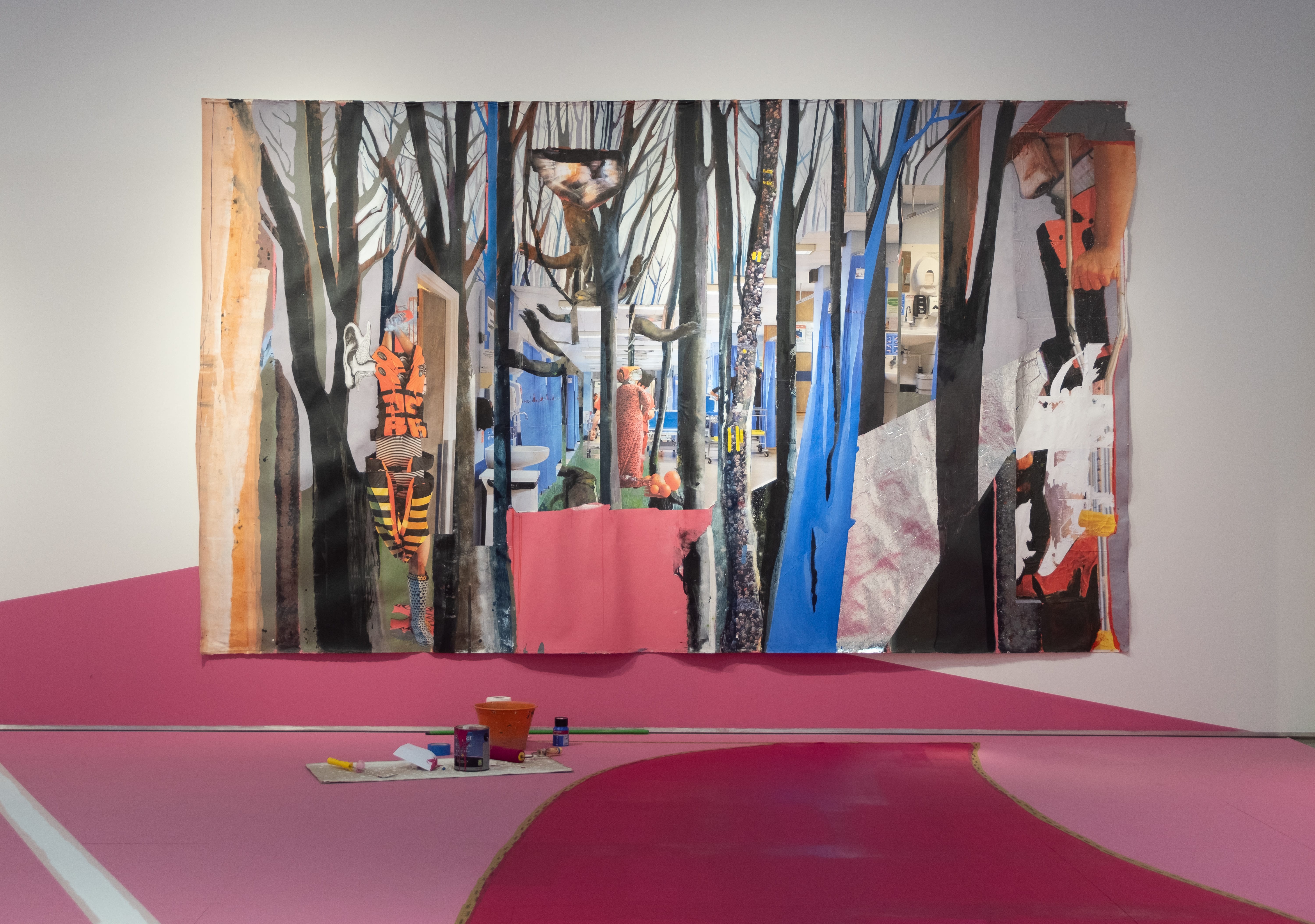
We Are Open For Installation, 2019, Installation View, Courtesy of the artists and Gallery Isabelle van den Eynde
The piece goes on to describe their process as being like a machine or robot that continually adapts itself around these disruptions. Using the word ‘dastgah’, which is a Farsi term for machine or device, the trio call themselves “debuggers” of their own practice, which refers to the trial and error approach that they take towards every piece of work.
In this vein then, it is difficult to define where one piece of art ends and the other begins. Indeed, Ramin describes each piece as “giving birth to the other”.
Here, Hesam Rahmanian takes up the thread of the conversation: “We call our works negotiation fields. We don’t call them paintings or collage, we prefer this term because the pieces happen often through disagreement and negotiations as they pass from one to another of us.”
Rahmanian says for the duration of this summer, while their exhibition-cum-working studio is up and running at the gallery, these ‘negotiation fields’ are in a cocoon, hibernating and developing in a way that is concurrently within their artistic control as well as out of it.
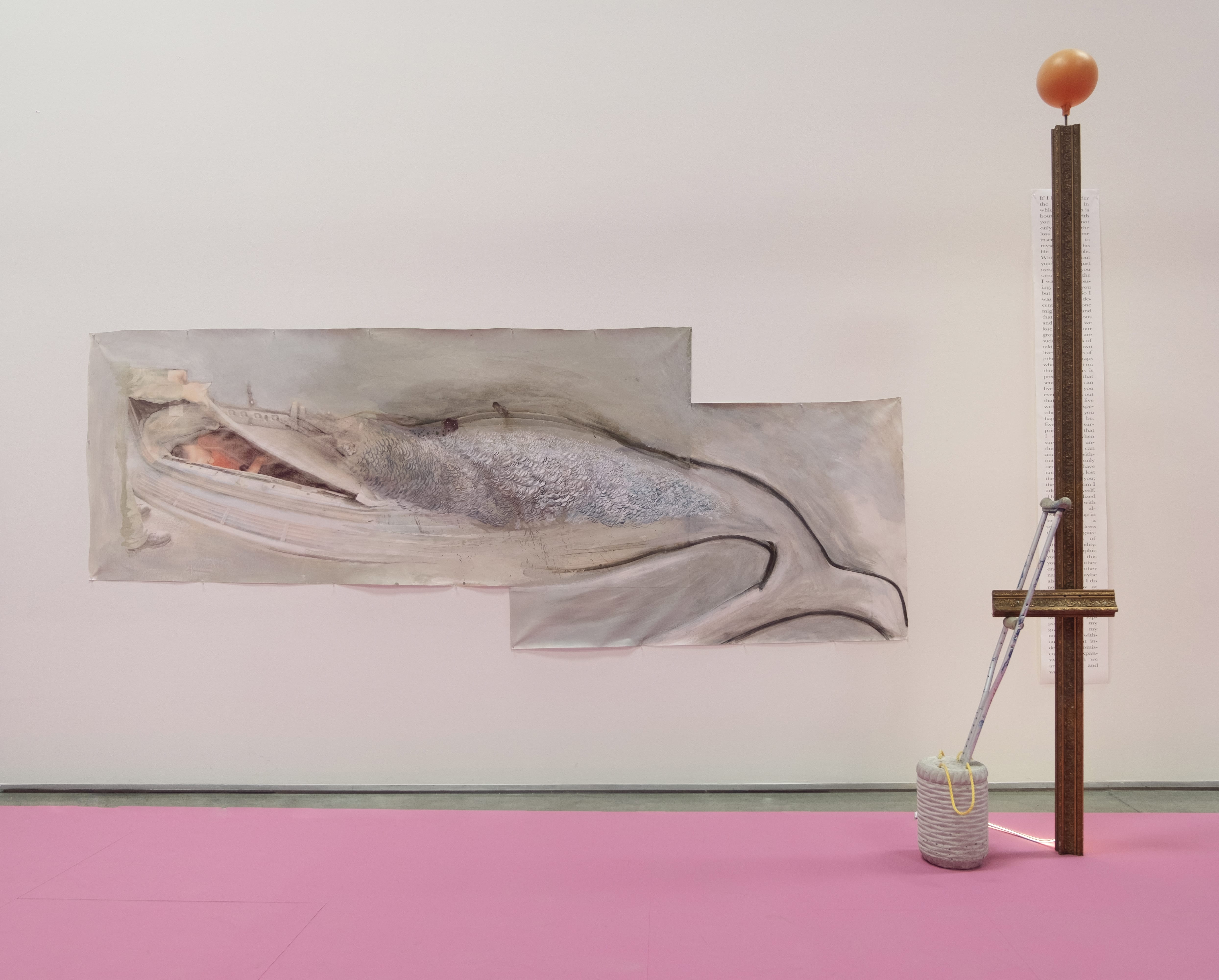
We Are Open For Installation, 2019, Installation View, Courtesy of the artists and Gallery Isabelle van den Eynde
Perhaps the best illustration of this is the cerise pink floor. It is a temporary floor covering, which has been in place since the doors opened on May 15 and which, over the course of time, will be painted and lacquered. Later, it will be transported to future exhibitions.
However, a by-product of its very placement is that by the time I visit, it has already become stained and marked under the footsteps of every person who has walked through the gallery and will continue to bear those imprints as the show continues. This in itself scrutinises the very role of spectator.
“We have the audience but we see them active participators. They become ‘dastgah’ as well,” says Rokni. In this set up, as an audience member, you are asked to step inside to the communal thinking space that defines the practice of the Haerizadeh brothers and Hesam Rahmanian. In fact, it is best witnessed in a state of flux so that questions about authorship as well as the role of the viewer are thrown out and a true subversion of the “system” occurs.
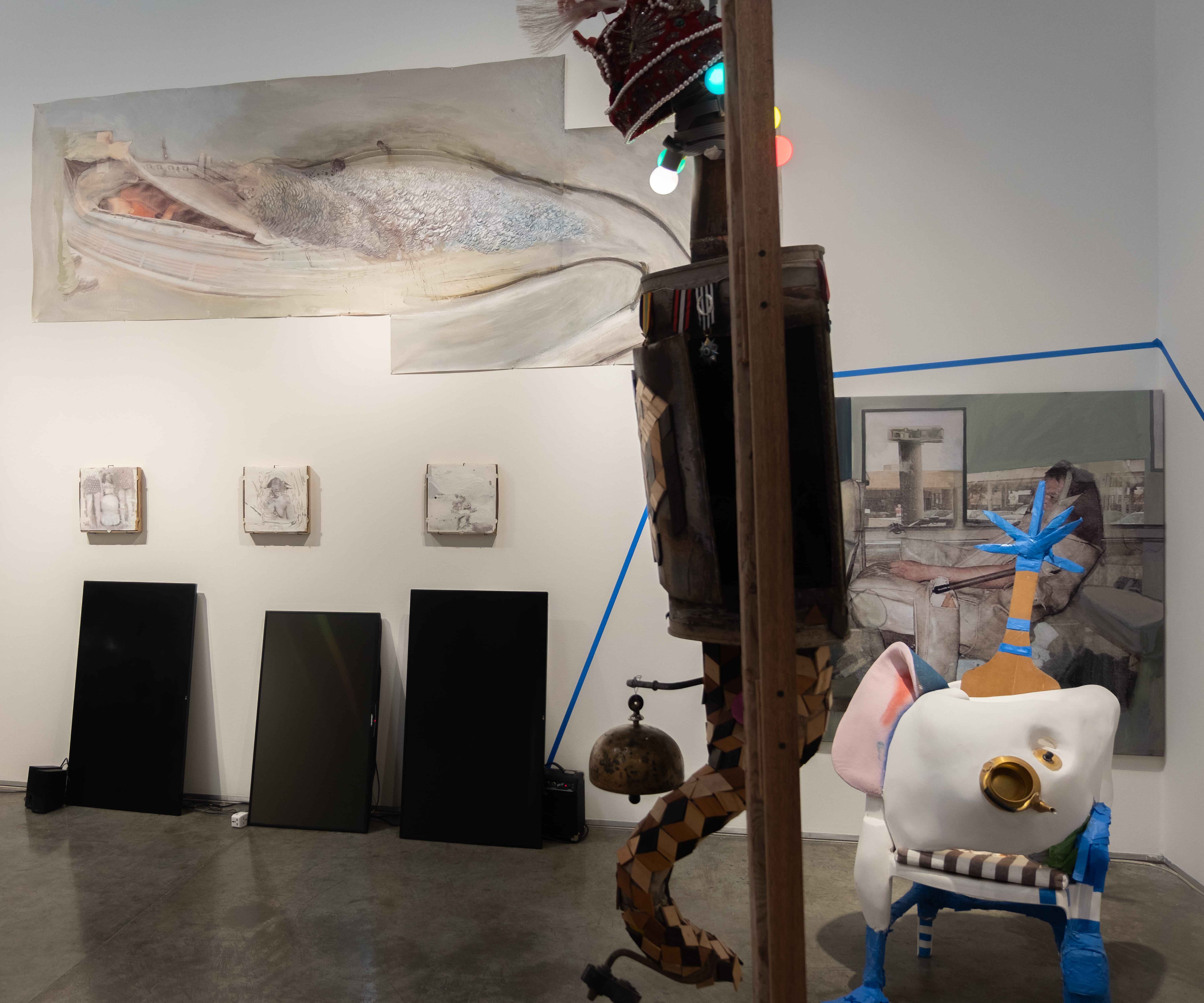
We Are Open For Installation, 2019, Installation View, Courtesy of the artists and Gallery Isabelle van den Eynde
In the spirit of collaboration, Jonathan Ellis King, the gallery director says that the current presentation was the result of a conversation. “We are constantly trying to further our programme and after discussing with the artists their dissatisfaction about the mechanisms and structures that we work within, we invited them to break the mould,” says Ellis King.
“At the end of the day, we are a commercial enterprise but we are an educational enterprise as well. So, it is a calculated decision to do this and the presentation will morph into an exhibition, which will open in September.”
Rokni Haerizadeh, Ramin Haerizadeh and Hesam Rahmanian’s We Are Open For Installation runs May 15 to September 16, 2019 at Gallery Isabelle Van Den Eynde, Alserkal Avenue, Dubai. For opening hours: www.ivde.net




